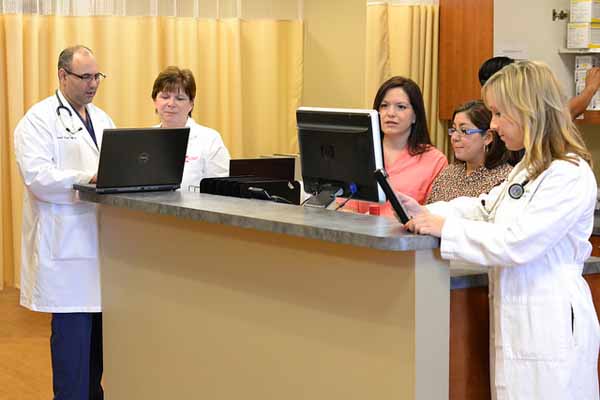
The recent experience of a Mississippi clinic adds another piece of evidence to support one of the Texas Medical Association’s enduring philosophies: Health care teams should be physician-led.
After 15 years of expanding its care teams by adding nonphysician practitioners (NPPs) because of a shortage of primary care physicians, Hattiesburg Clinic analyzed cost data for its accountable care organization (ACO) and published the results in the journal of the Mississippi State Medical Association.
The clinic hoped that for primary care, its expanded ranks of nurse practitioners, physician assistants, nurse anesthetists, and other advanced practice providers (APPs) would be able to keep costs relatively stable, provide similar quality of care, and achieve equal patient satisfaction scores as that of physicians.
“Unfortunately, after nearly 10 years of data collection on over 300 physicians and 150 APPs … the results are consistent and clear: By allowing APPs to function with independent panels under physician supervision, we failed to meet our goals in the primary care setting of providing patients with an equivalent value-based experience,” clinic physicians wrote in the report.
The findings analyzed quality, cost, utilization, and patient experience data from 2017 to 2019. Those findings included:
- Quality – The physicians performed better than APPs on nine of 10 quality measures, with “double digit differences in flu vaccination rates and pneumococcal vaccination rates.”
- Cost – Non-nursing home, non-end stage renal disease Medicare ACO patients who had an APP as their primary care practitioner (PCP) cost almost $43 more per member per month than those who had a physician for primary care. When adjusted for patient complexity, the difference increased to $119 per member per month.
- Utilization – The same group of patients were 1.8% more likely to visit the emergency department (ED) if their primary care practitioner was an APP. “This was despite these being younger and healthier patients according to demographic data and risk scores,” the clinic physicians wrote. In fact, patients who had no primary care practitioner at all were less likely to visit the ED than patients who had a nonphysician practitioner oversee their care.
“We believe very strongly that APPs are a crucial part of the care team; however, based on a wealth of information and experiences with them functioning in collaborative relationships with physicians, we believe very strongly that nurse practitioners and physician assistants should not function independently.”
An American Medical Association story following up on the findings noted Hattiesburg Clinic has used the data to redesign its care model “so that a doctor is the PCP all patients see and that no one sees a nonphysician exclusively.”
Last Updated On
April 21, 2022
Originally Published On
April 12, 2022